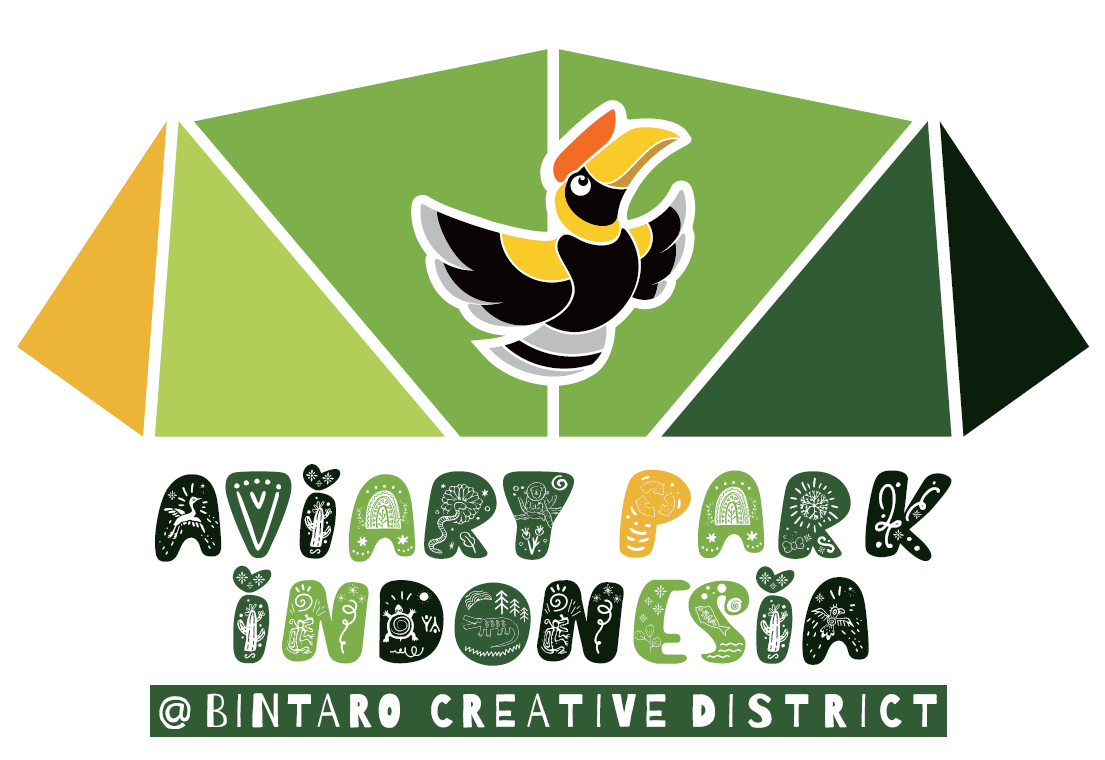Indonesia is a country known for its diverse wildlife and unique animals, and one fascinating creature that calls this archipelago home is the Kodok, or frog. Frogs are an essential part of Indonesia’s ecosystem, playing a crucial role in controlling insect populations and serving as indicators of environmental health. In this article, we will delve into the world of the Kodok and explore some of the most common questions people have about these fascinating amphibians.
The Kodok can be found in various habitats throughout Indonesia, from lush rainforests to rice paddies and urban gardens. They come in a wide range of sizes and colors, with some species being small and brightly colored, while others are larger and more camouflaged. One of the most iconic species of Kodok in Indonesia is the Javan tree frog, known for its vibrant green coloration and distinctive call that echoes through the night.
One of the unique aspects of the Kodok is their lifecycle, which involves a fascinating transformation from tadpole to adult frog. Tadpoles hatch from eggs laid in water, where they undergo a process of metamorphosis that eventually leads to the development of legs and lungs. Once they have completed this transformation, they emerge from the water as fully-formed frogs, ready to explore their terrestrial surroundings.
One of the most common questions people have about Kodok is whether they are poisonous. While some species of frogs in Indonesia do possess toxins that can be harmful to predators, not all frogs are poisonous. It is essential to exercise caution when handling wild frogs, as some can secrete toxins through their skin that may cause irritation or allergic reactions in humans.
Another common question is what Kodok eat. Frogs are carnivorous animals that primarily feed on insects, small invertebrates, and even smaller frogs. They are opportunistic feeders, using their sticky tongues to catch prey and swallowing it whole. Frogs play a vital role in controlling insect populations, making them valuable allies in maintaining the balance of ecosystems.
People also often wonder about the different calls of frogs and what they signify. Each species of frog has its unique vocalizations, which are used for communication, attracting mates, and defending territories. The calls of frogs can vary from high-pitched chirps to deep croaks, with some species even producing musical trills and whistles.
Another intriguing aspect of frogs is their ability to camouflage themselves to blend in with their surroundings. Many species of Kodok have evolved coloration patterns and skin textures that help them remain undetected by predators. This camouflage is essential for their survival, allowing them to avoid being seen while they hunt for prey or hide from potential threats.
One of the most exciting questions about frogs is their breeding behavior. Frogs have a unique reproductive strategy that involves laying eggs in water, where they hatch into tadpoles and undergo metamorphosis. Male frogs often use vocalizations and elaborate displays to attract females and defend their breeding territories. The process of frog reproduction is a fascinating spectacle to observe in the wild, with males competing for the attention of females and engaging in intricate courtship rituals.
People also commonly ask about the conservation status of frogs in Indonesia. Like many other countries, Indonesia is facing threats to its frog populations due to habitat destruction, pollution, and climate change. Conservation efforts are underway to protect endangered frog species and their habitats, with initiatives focusing on habitat restoration, captive breeding programs, and public education about the importance of frogs in ecosystems.
In conclusion, the Kodok is a fascinating and essential part of Indonesia’s rich biodiversity. These unique amphibians play a vital role in maintaining the balance of ecosystems and are valuable indicators of environmental health. By learning more about frogs and their behaviors, we can appreciate the beauty and complexity of the natural world and work together to protect these incredible creatures for future generations to enjoy.
